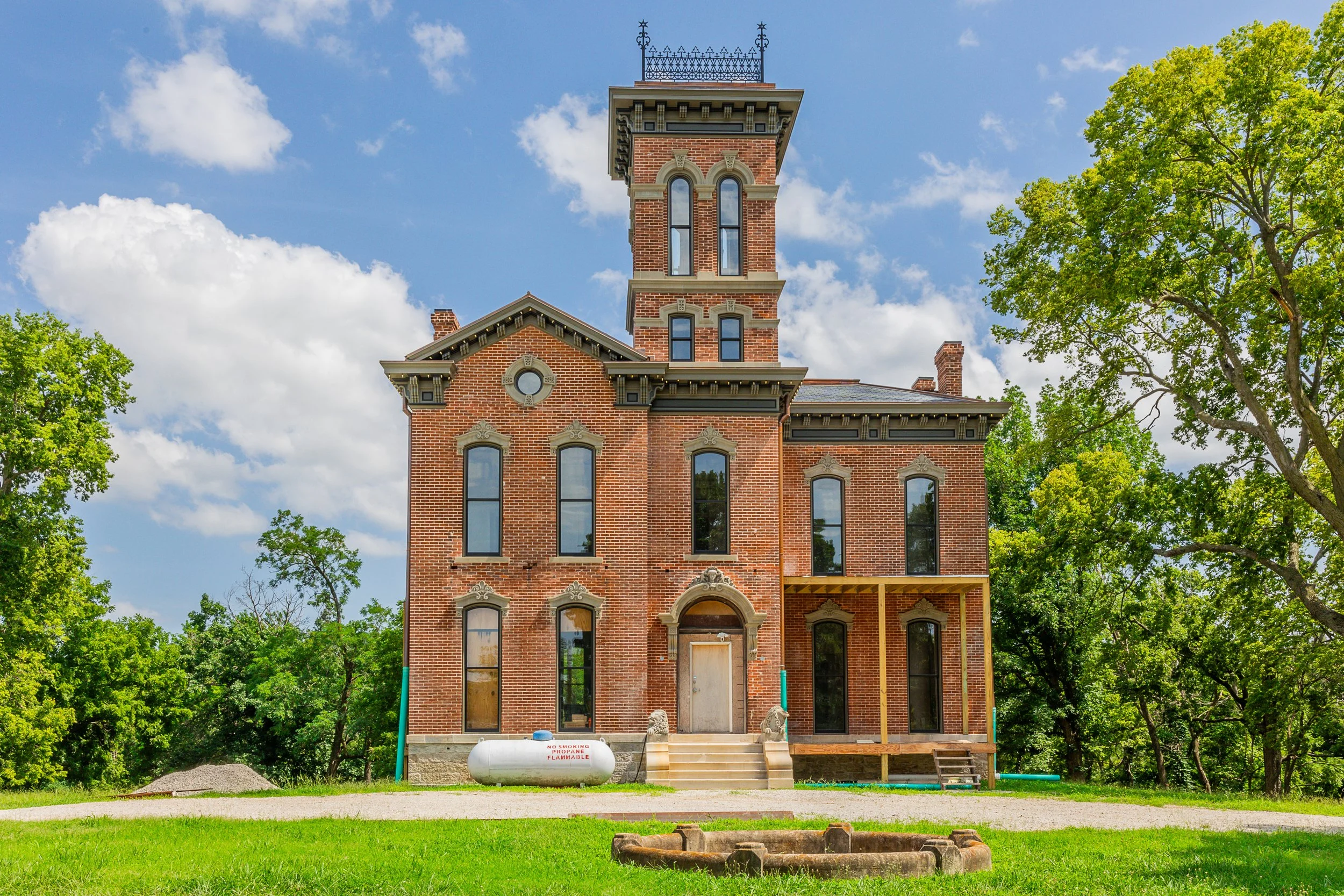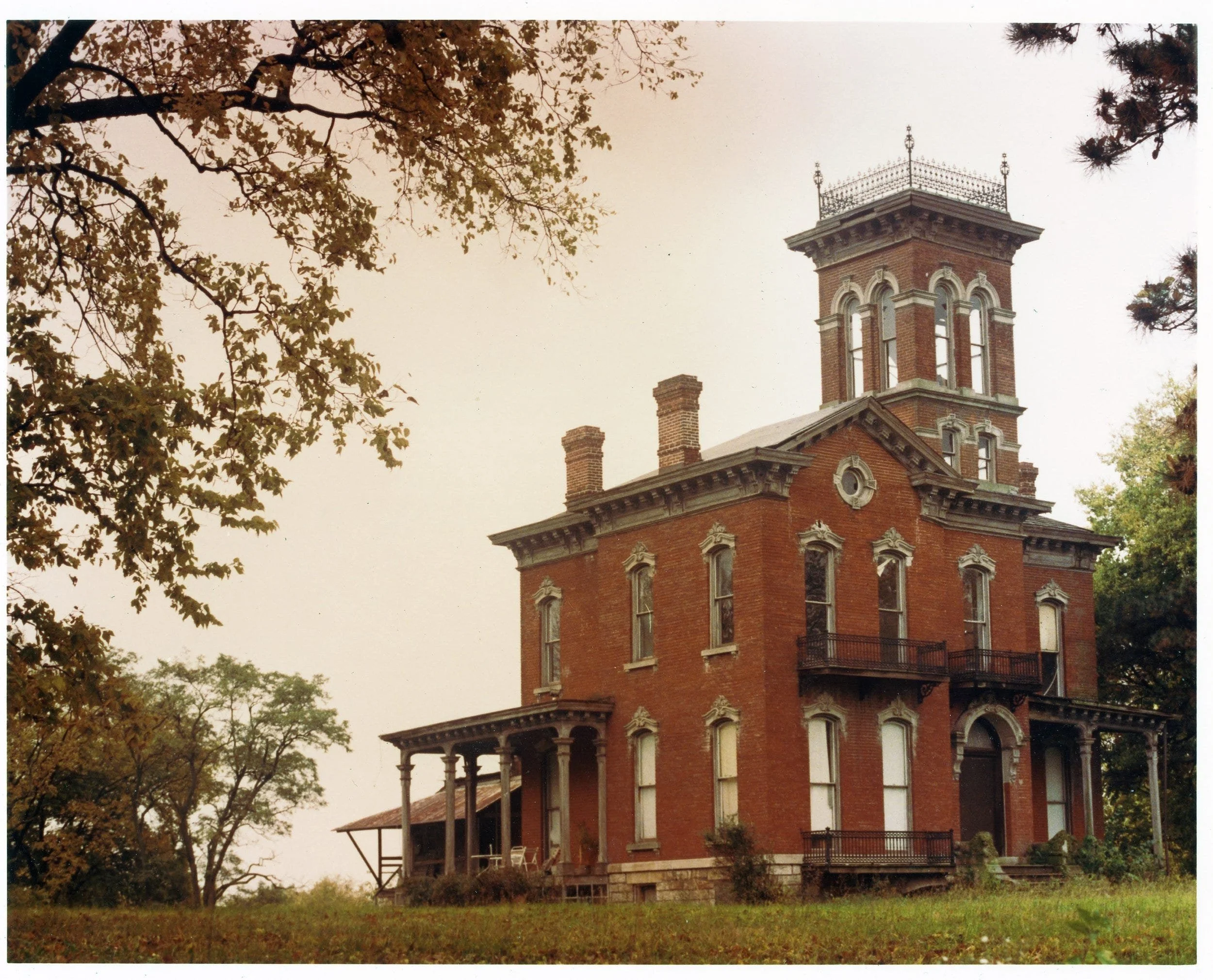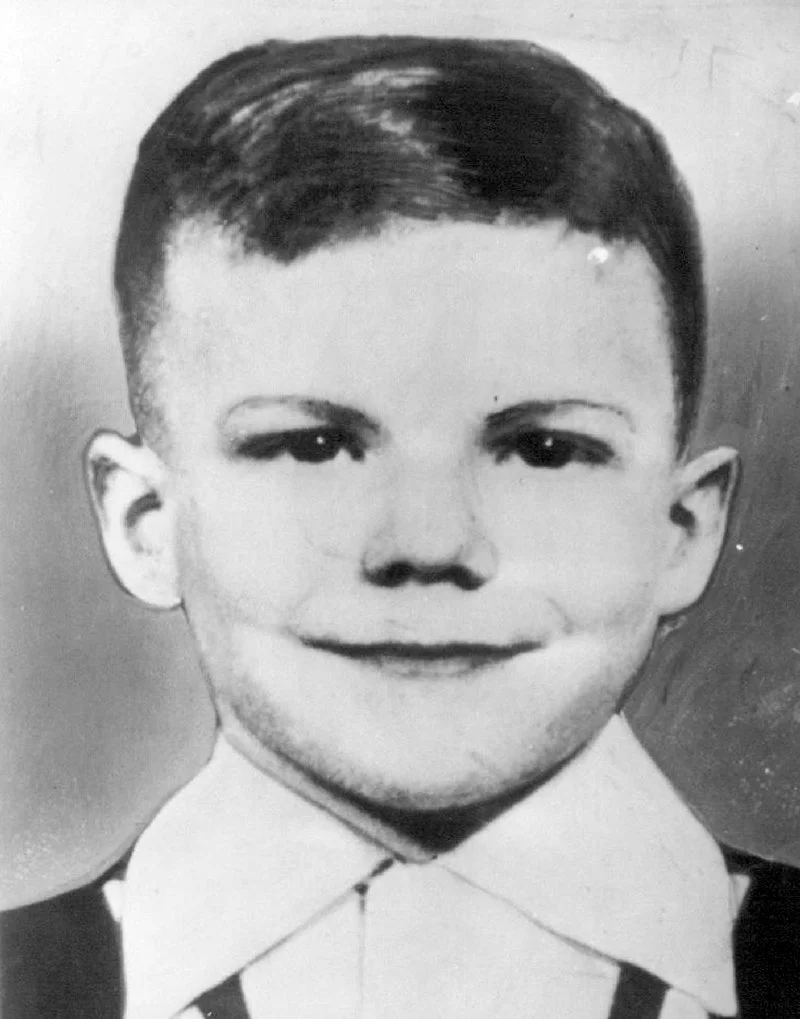The Story of Sauer Castle (1873)
The Story of Sauer Castle (1873)If you were forwarded this email, click here to subscribe (it's free!) Read this story online | Sponsor this newsletter | Shop 📸
Sauer Castle, located at 935 Shawnee Road in Kansas City, Kansas, is one of the region’s most recognized examples of Italianate architecture and one of the most historically significant residences in the city. Construction began around 1871 and was completed in 1873 as the home of German immigrant Anton Sauer and his family. The house was designed by Asa Beebe Cross, a leading Kansas City architect known for his work in prominent 19th-century architectural styles.
Anton Sauer was born in Essen, Germany, in 1826. After an unsuccessful venture in Australia, he moved to New York City, where he married Francesca and had five children. Following her death in 1868 and his own health concerns, Sauer moved west with his family. He arrived in Kansas City in the late 1860s and established several businesses, including a grocery company, a tannery, a seed importing firm, and an overland freight operation. He also served as president of the German Savings Association. In 1868, Sauer married Mary (Maria) Einhellig Messerschmidt, a widow with two daughters. Together, they had five more children, four of whom survived to adulthood. Seeking a home that reminded him of his native Rhine River region, Sauer purchased a 63-acre property on a bluff overlooking the Kansas River Valley. He commissioned a grand estate on the site, complete with outbuildings such as a greenhouse, wine cellar, smokehouse, carriage house, and stables. The grounds included vineyards, rock terraces, and a large fountain. The house, commonly referred to as Sauer Castle, features hallmark elements of the Italianate Villa style. The structure is two-and-a-half stories tall, with a prominent four-story tower, segmental arched windows, ornate stone detailing, and multiple verandas. Inside, the home originally included imported marble fireplaces, carved walnut doors, lace curtains from France, and crystal chandeliers. A four-story staircase extended from the basement to the third floor. Sauer Castle also had an advanced plumbing system for its time, with water pumped from nearby springs to various parts of the house. Anton Sauer died in 1879 in the second-floor master bedroom. Mary Sauer remained in the home until her death in 1919. Over the next several decades, the property was gradually divided and sold, with much of the land becoming the surrounding residential areas of Sauer Highlands and Kinney Heights. Members of the Sauer family continued to live in the home until 1950.
In the years that followed, the house changed ownership several times. It fell into disrepair and became the subject of numerous ghost stories and rumors, contributing to vandalism and trespassing. Despite these challenges, the building was added to the National Register of Historic Places in 1977 and the Kansas Register of Historic Places that same year. In 1989, Anton Sauer’s great-great-grandson purchased the property with the goal of preserving it, although restoration efforts proceeded slowly and ultimately stalled. In 2023, the property was purchased again, this time by a restoration-focused buyer who brought in specialists to stabilize the structure and begin historic preservation, with the goal of transforming it into an event venue. See more photos of Sauer Castle here. Want to learn more about the historic mansions in KC? You'll love this... ⬇️ This Week's Featured Home800 W 52nd St, Kansas City, MO 64112
The Weekly Featured Home is in partnership with KC Daily - the best news in Kansas City every weekday morning, for free. ps: July 30, 1955: the Bomb Pop was invented in Kansas City by a local food company. |
Stories from the City - History of Kansas City
Join thousands of others and discover Kansas City's captivating history every week with the exclusive newsletter from KC Yesterday. Sign up now to unlock fascinating stories about the mafia, architecture, prohibition, sports, and everything in between!
The Story of the Bobby Greenlease's Kidnapping If you were forwarded this email, click here to subscribe (it's free!) Read this story online | Sponsor this newsletter | Shop 📸 Bobby Greenlease. Courtesy Kansas City Star On the morning of September 28, 1953, a woman arrived at the French Institute of Notre Dame de Sion in Kansas City, Missouri, and told a nun she was the aunt of six-year-old student Robert “Bobby” Greenlease. Claiming Bobby’s mother had suffered a heart attack, the...
The Story of the 1977 Plaza Flood If you were forwarded this email, click here to subscribe (it's free!) Read this story online | Sponsor this newsletter | Shop 📸 Aftermath of the 1977 Plaza Flood. Kansas City Star The 1977 Plaza Flood remains one of Kansas City's most devastating natural disasters. On September 12 and 13 of that year, over 16 inches of rainfall overwhelmed the Brush Creek drainage basin, causing flash floods that swept through the Country Club Plaza and surrounding areas....
The Story of Hiring Andy Reid If you were forwarded this email, click here to subscribe (it's free!) Read this story online | Sponsor this newsletter | Shop 📸 In early January 2013, the Kansas City Chiefs and Andy Reid found each other at pivotal moments. The Chiefs were a broken franchise after a 2–14 season, shaken not only by losses but by tragedy within the organization. Reid had just been dismissed after 14 years with the Philadelphia Eagles and was grappling with both a losing season...




